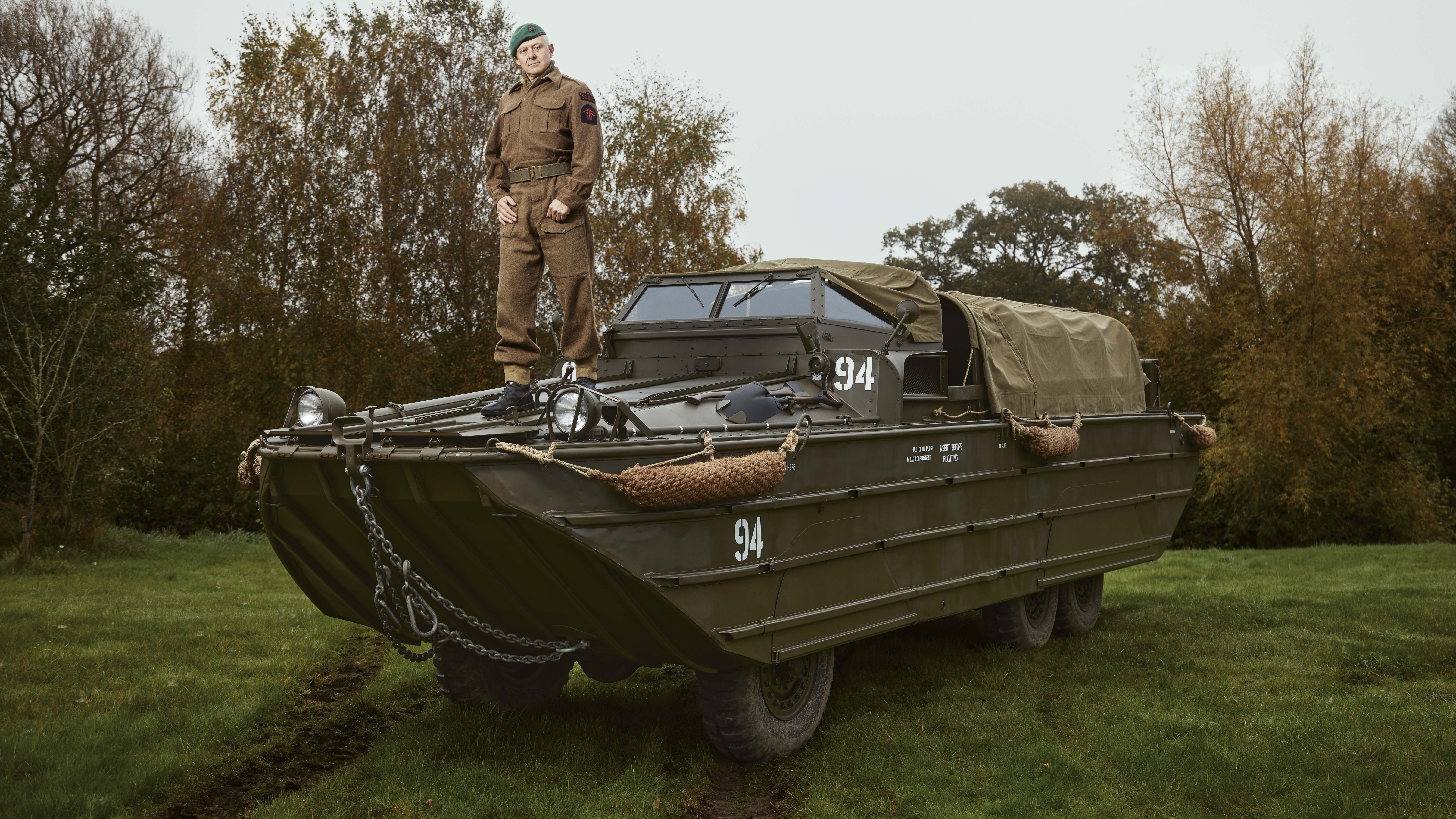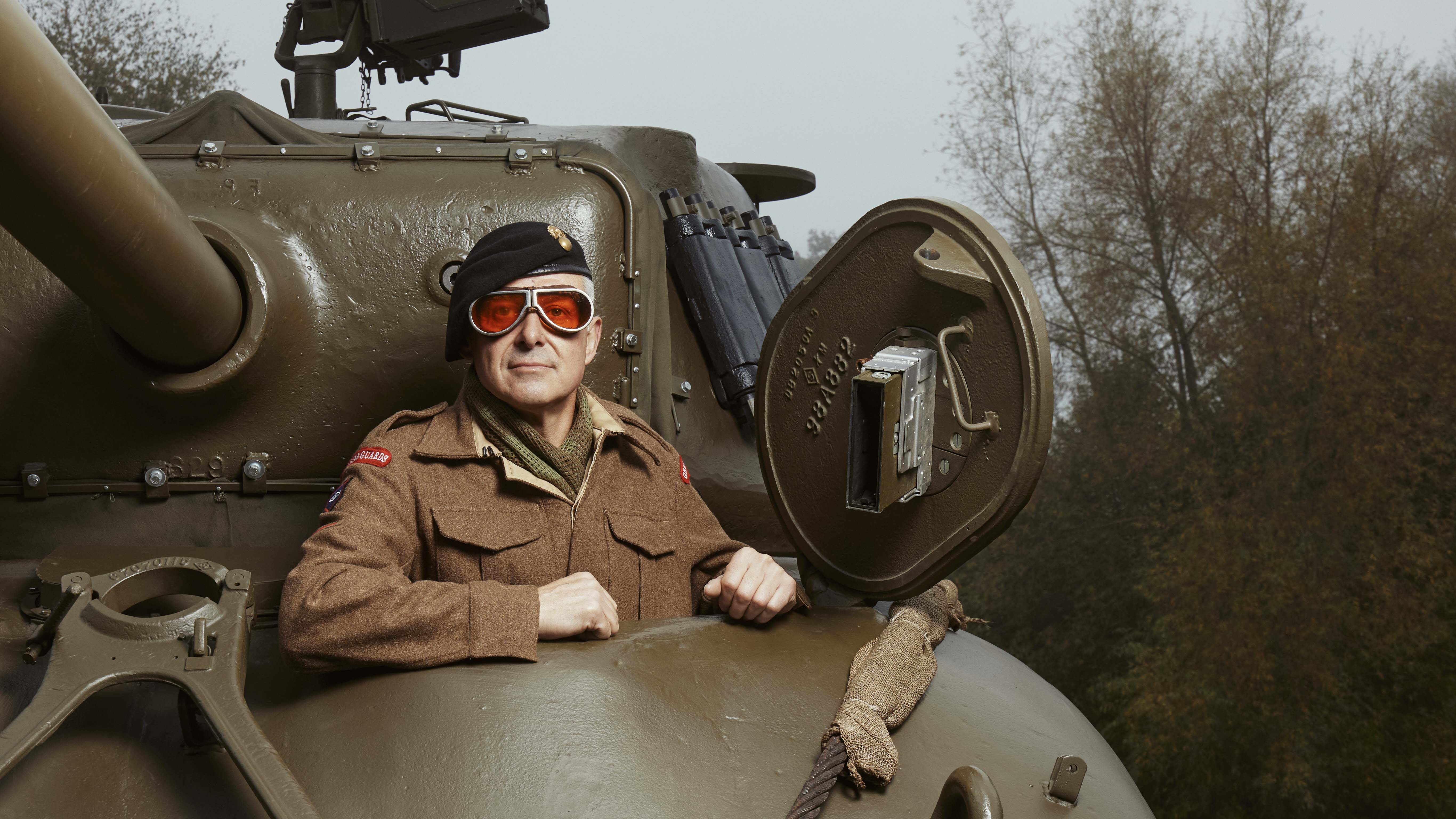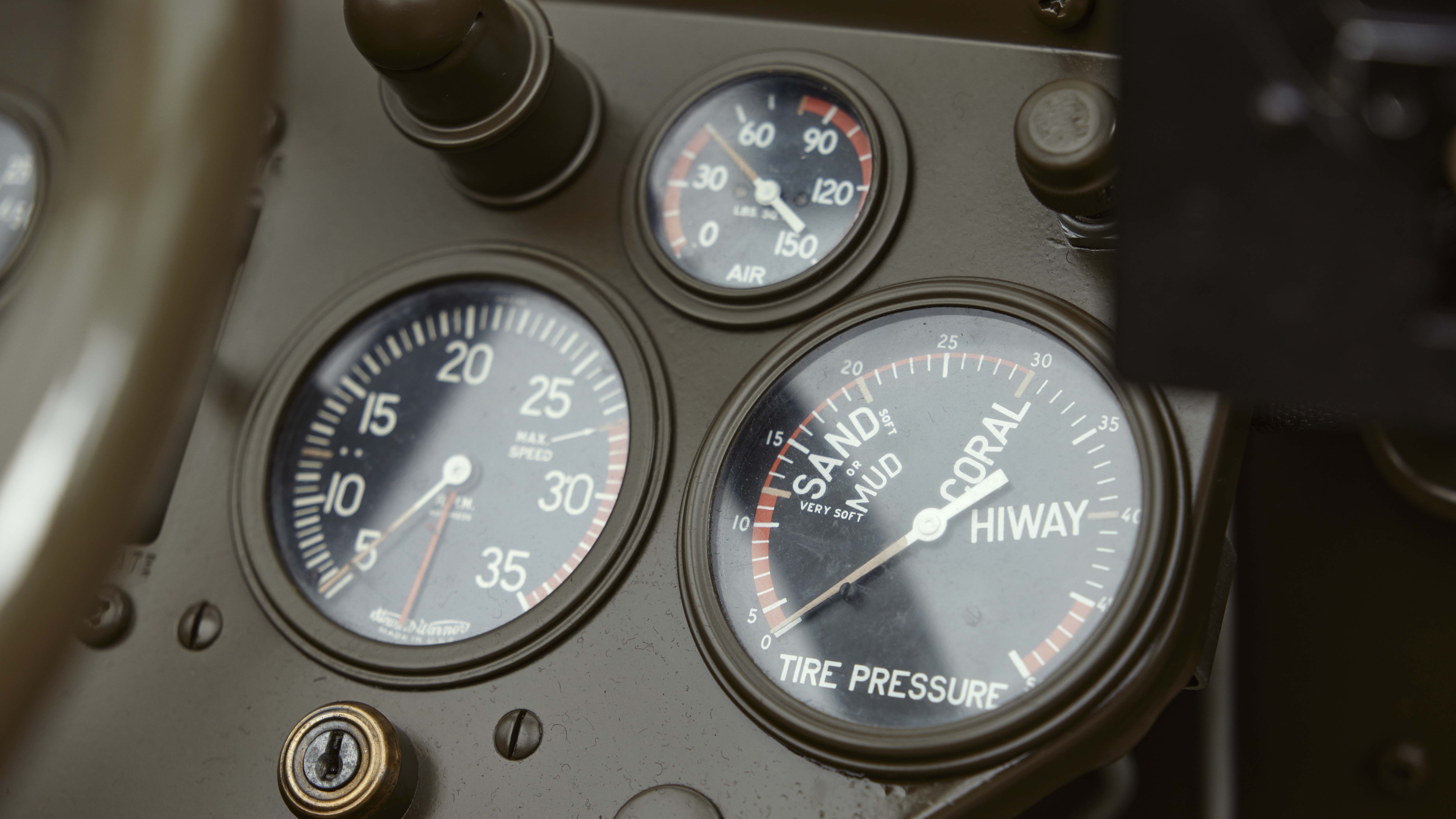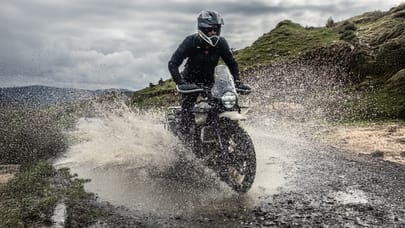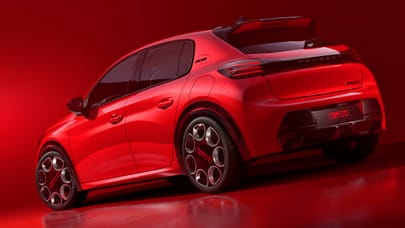
Meet Nigel Stoate: the D-Day Channel crosser
To commemorate his father’s service in World War Two, Nigel Stoate and his son sailed the Channel – and back – in their 1944 ‘DUKW’ truck
To give you an idea of the sort of man Nigel Stoate is, when we ask him to pull the star of this story – his amphibious GMC-manufactured ‘DUKW’ landing craft – out of his garage, he has to fire up the 9cyl, 400bhp radial engine of his Sherman tank to move it out of the way first. “My wife won’t like the mess the tracks make of the lawn,” he grimaces.
Luckily for Mrs Stoate, Nigel occasionally takes his pride and joy a little further afield than the back garden. Back in June 2024, he sailed his DUKW (military code for 1942 design utility all-wheel-drive tandem axle) to Normandy. It disembarked the Royal Marines mothership and waded ashore to the mournful sound of bagpipes at 07:25 sharp – the exact time British boots reached French shores 80 years ago.
D-Day commemorations complete, he simply turned it around and sailed it right back home, with only his 14-year-old son Ryan and mechanic Jason aboard in the load area during the 200km, 28-hour voyage, across the busiest shipping lanes on the planet.
Photography: Tom Barnes
The obvious question is “Are you certifiably insane?” but that seemed a tad rude, so I went with “Why?” instead. “We have to remember what those men did 80 years ago,” is Nigel’s solemn response. “It is because of their bravery that we have our freedom today.” Today he’s adorned in the exact uniform his father would’ve worn for the action (had the artillery pieces he was assigned to been delivered on time). Earlier he’s modelled authentic tank commander goggles for us. Enthusiast? Yeah, just a bit.
The next most appropriate question is “Why do you have an amphibious landing craft in your backyard?” Turns out Nigel relaxes from his day job of patent litigation at global law firm Taylor Wessing by being a human encyclopedia for World War Two hardware.
“They built 20,000 DUKWs in the war and they were hugely successful. It was the single vehicle that allowed Allied amphibious landings to work, because it allows you to take men, weapons and supplies from ships offshore to a beachhead in one operation. That means you’re not stuck on the beach with a boat, trying to unload it, which is vulnerable.
“Most DUKWs didn’t survive because besides enemy action, you put them in the sea and they’re only steel so they rust away. This one was reserve stock in the US and kept in the desert, but by the early 1990s it was in need of a proper restoration, so I acquired it.”
Nigel’s DUKW is in just as good a nick as his sharply creased uniform. Despite its cross Channel odyssey, the bodywork is blemish free, the (sealed and infamously hot) engine bay is surgically clean and the cockpit is adorned with fabulous authentic signs advising on speed limits for road, hard or soft sand, and coral. You don’t get that in your Range Rover’s terrain response menu.
Also the owner of a 1960s Amphicar 770, Nigel is partial to stuff that can swim the school run. Common wisdom is the end result is so compromised it’s a hopeless boat and car, but the DUKW’s the exception.
Top Gear
Newsletter
Thank you for subscribing to our newsletter. Look out for your regular round-up of news, reviews and offers in your inbox.
Get all the latest news, reviews and exclusives, direct to your inbox.
“A DUKW is amazingly competent in water,” Nigel beams. “She has two bilge pumps, which are always running when the propeller’s engaged. She’ll take a 4in hole and keep up with the flooding. So she’s fine as long as the engine’s running – which is why we rebuilt this one twice before the voyage.
“And we were on our own. We didn’t have backup, so we had a lot of safety equipment. We fitted a life raft, we had a satellite beacon. If the worst was to happen, we had a satphone with us that would ping our location to the coastguard.” He admits even the Royal Marines said what they were up to was a bit risky.
Now he and his DUKW are literally home and dry, he’s deeply proud of the endeavour. “It was a real honour, following as closely in my father’s footsteps as we could.”
Trending this week
- Car Review
BMW iX3




